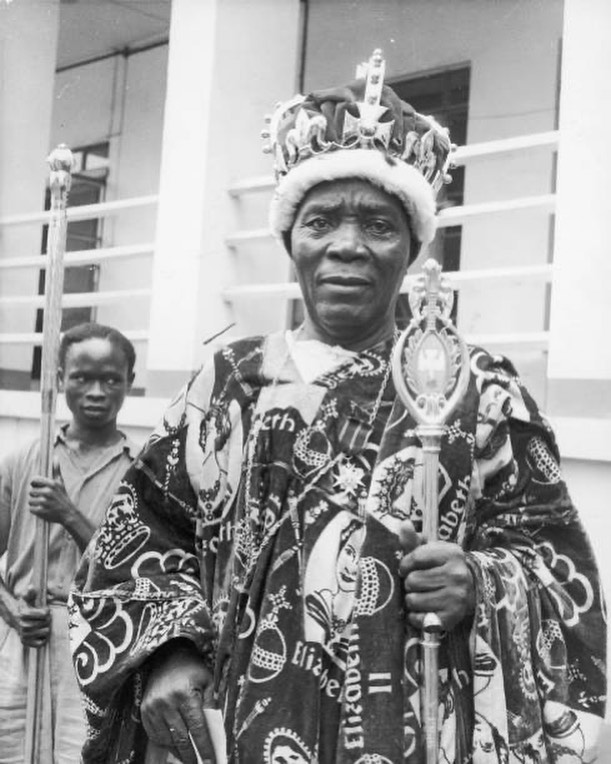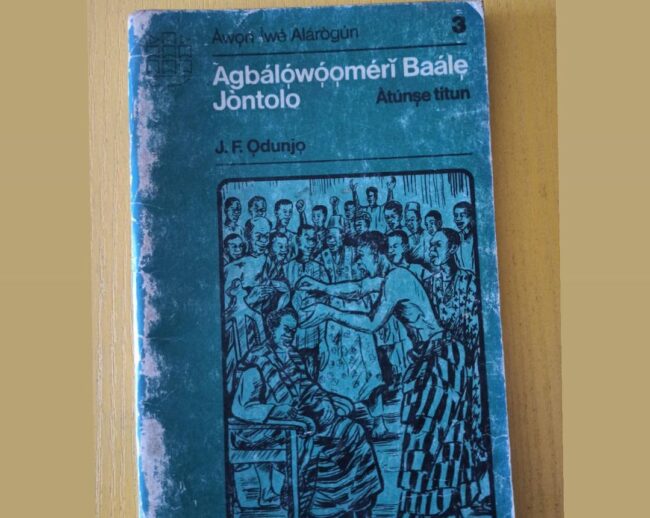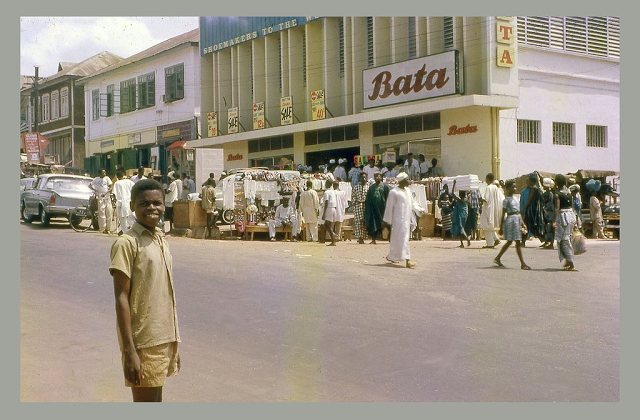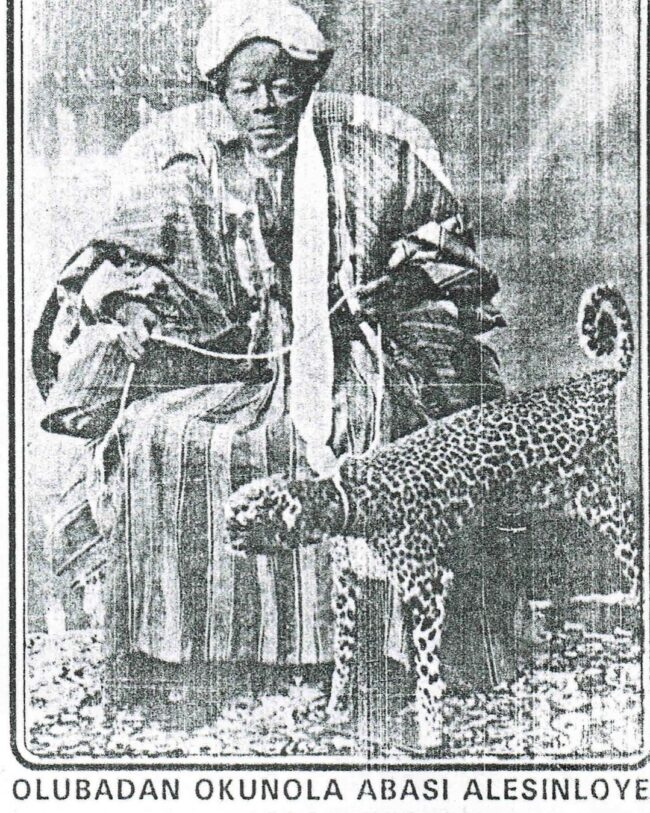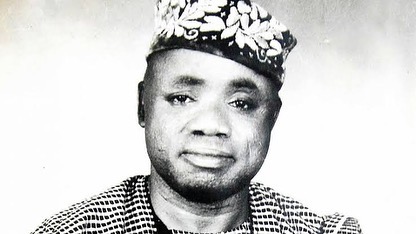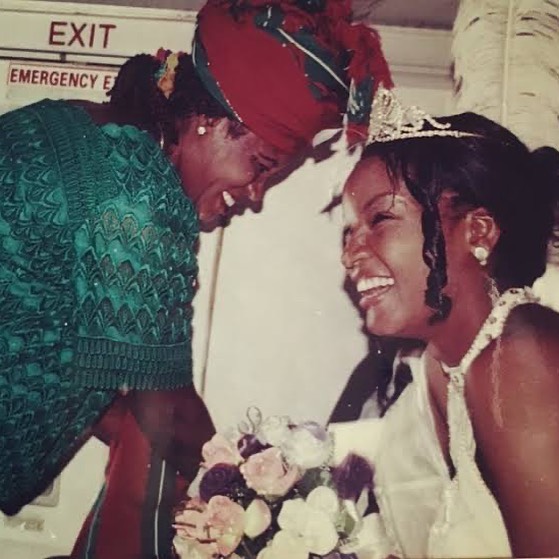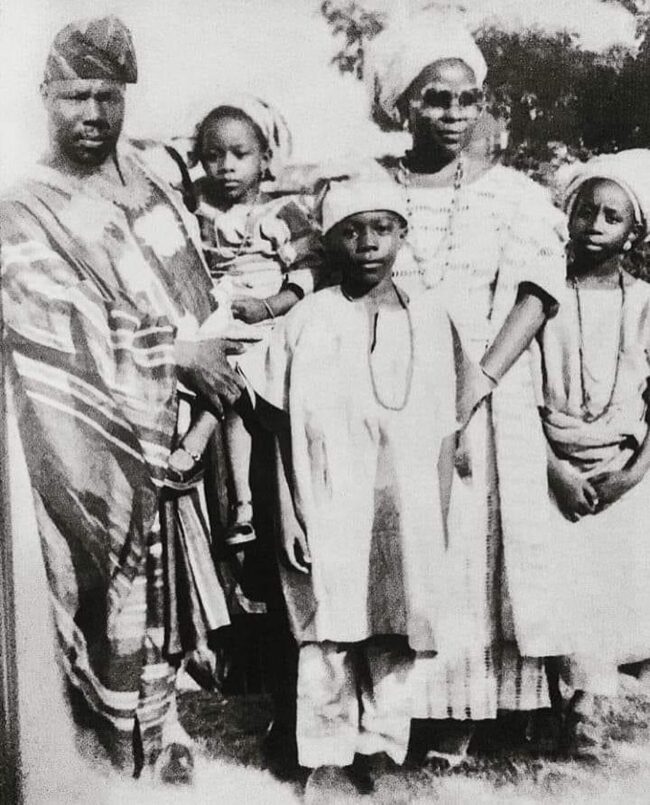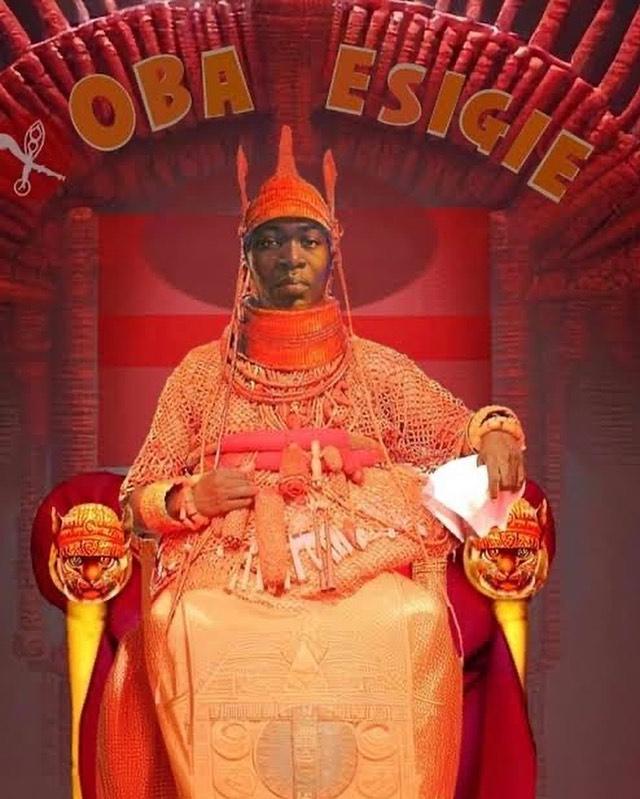Nigerian Monarch, Oba Olofinlade Afunbiowo Ojijigogun Adesida I (1860 – 1957)
Adesida Oba During her 1956 royal trip of Nigeria, Queen Elizabeth paid a visit to me, one of the kings. The House of Adesida, a branch of the House of Ojijigogun, is the current name given to his lineal descendants. One of Akure’s two officially recognized royal families is the Ojijigoguns. The Asodeboyede dynasty gave me birth in 1832, though it is more likely that I was born in 1856. I was the youngest son of Oba Ojijigogun (1790–1882), the Deji of Akure from 1852–1882, and Olori Adojolomo Lagokun (1810–1890), a wife of the Sashere of Idanre. Among his numerous siblings were Prince Ifaturoti Adegoroye, Alebiosu Aladejana (later Arosoye I), Olokunjuwon, and numerous other older half-brothers. He claimed familial kinship with all the previous rulers of Akure as well as the nearby kingdoms of Ijeshaland and Ikereland through his father. His father was the Benin Empire’s executed son of Oba Arakale. His paternal grandfather, Oba Arakale, was put to death by the Kingdom of Benin in 1818, several decades before he was born. His father’s family was spared by the invaders and continued to reside in Benin until the 1830s. He was the grandchild of Chief Lagokun, the Sashere of Idanre, through his mother. Born Aladegbuji, his father Ojijigogun (Ojijigogun) ruled Akure from 1852 till his passing in 1882.


